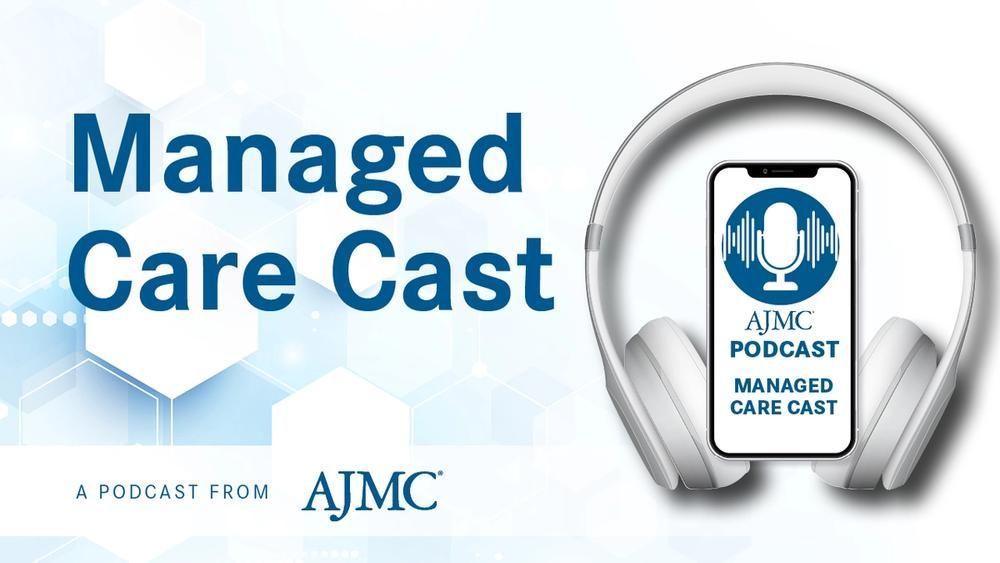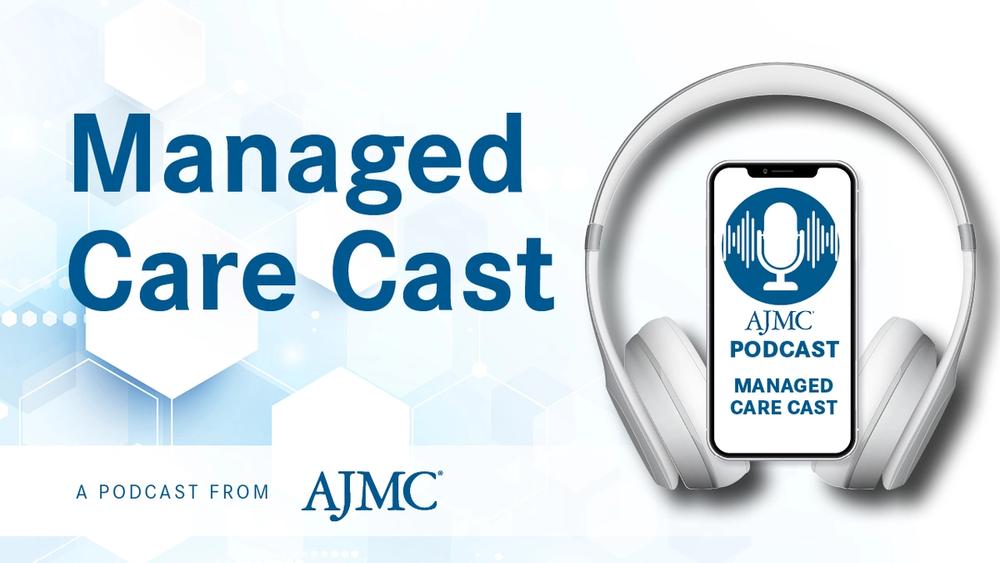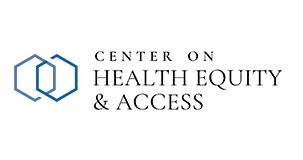News
Article
What Drives Health Care Spending Differences Across US Counties?
Author(s):
Key Takeaways
- Service utilization is the primary driver of healthcare spending variation, accounting for 64.8% of differences across counties.
- Price and intensity of services, disease prevalence, and population age also contribute to spending variation, with respective contributions of 24.1%, 7.0%, and 4.1%.
Service utilization is the biggest factor behind spending variation, with prices, disease prevalence, and demographics playing smaller roles.
Health care spending varies widely across US counties, but what’s driving the differences? A new study analyzing data from 3110 counties found that service utilization—how often people seek and receive care—accounts for nearly 65% of the variation.1 Other factors, including the price and intensity of services, disease prevalence, and population age, also contribute, with spending patterns differing by state, insurance type, and care setting.
Understanding these trends is critical as policymakers and stakeholders navigate rising costs and resource allocation. | Image Credit: Nuttapong punna - stock.adobe.com

The cross-sectional study is published in JAMA Health Forum.
“In this cross-sectional study, personal health care spending in the US varied dramatically among counties in 2019, with a more than 5-fold difference between the highest and lowest spending rates per capita,” wrote the researchers of the study. “This variation was driven by a combination of factors.”
In 2023, US national health expenditures surged by 7.5%, reaching $4.9 trillion—17.6% of Gross Domestic Product and averaging $14,570 per person, according to CMS.2 Private health insurance spending saw the sharpest increase (11.5%), while Medicare and Medicaid grew 8.1% and 7.9%, respectively. Hospital expenditures jumped 10.4%, outpacing 2022’s 3.2% growth, while prescription drug spending rose 11.4%.
Federal funding accounted for the largest share (32%), followed by households (27%) and private businesses (18%). Understanding these trends is critical as policymakers and stakeholders navigate rising costs and resource allocation.
In the current study, the researchers aimed to estimate the amount of cross-county health care spending variation explained by population age, health condition prevalence, service utilization, and service price and intensity.1
The researchers examined data across 148 health conditions, 38 age-sex groups, 4 payer types, and 7 care categories. Service utilization was assessed by measuring service volume per prevalent case, while price and intensity were evaluated based on spending per visit, admission, or prescription. Additionally, the study quantified the contribution of each factor to spending variation. Data analysis was conducted from March to July 2024.
In 2019, this study captured 76.6% of personal health care spending, revealing that service utilization accounted for 64.8% of cross-county spending variation. Price and intensity of services contributed 24.1%, while disease prevalence and population age explained 7.0% and 4.1%, respectively. Spending variation differed by payer, care type, and health condition, with service utilization strongly linked to insurance coverage, income, and education. Higher Medicare Advantage enrollment was associated with lower utilization.
State-level differences also emerged. Utah’s low per capita spending was driven by a younger population, while New York’s high spending was largely due to elevated hospital and prescription drug costs, driven by higher service prices and intensity.
“Our study should not be misinterpreted to suggest that variation in spending and utilization levels is bad,” wrote the researchers. “To the contrary, we show that disease prevalence and age of a county contribute to differences in spending.”
The limitations recognized by the researchers were primarily related to data modeling and uncertainty in the estimates. To address data gaps and biases, statistical modeling was used, but inherent uncertainties remained, and a limited number of simulations may have influenced the uncertainty intervals. Additionally, pharmaceutical spending estimates did not account for rebates and discounts, and local price variations were not controlled due to the lack of county-level price indices.
Despite these limitations, the researchers believe understanding these trends in health care spending variations could help policymakers allocate resources more effectively.
References
1. Dieleman JL, Weil M, Beauchamp M, et al. Drivers of variation in health care spending across US counties. JAMA Health Forum. 2025;6(2):e245220. doi:10.1001/jamahealthforum.2024.5220
2. NHE Fact Sheet. CMS. Last modified December 18, 2024. Accessed February 13. 2025. https://www.cms.gov/data-research/statistics-trends-and-reports/national-health-expenditure-data/nhe-fact-sheet#:~:text=NHE%20grew%207.5%25%20to%20$4.9,the%20households%20(27%20percent)





